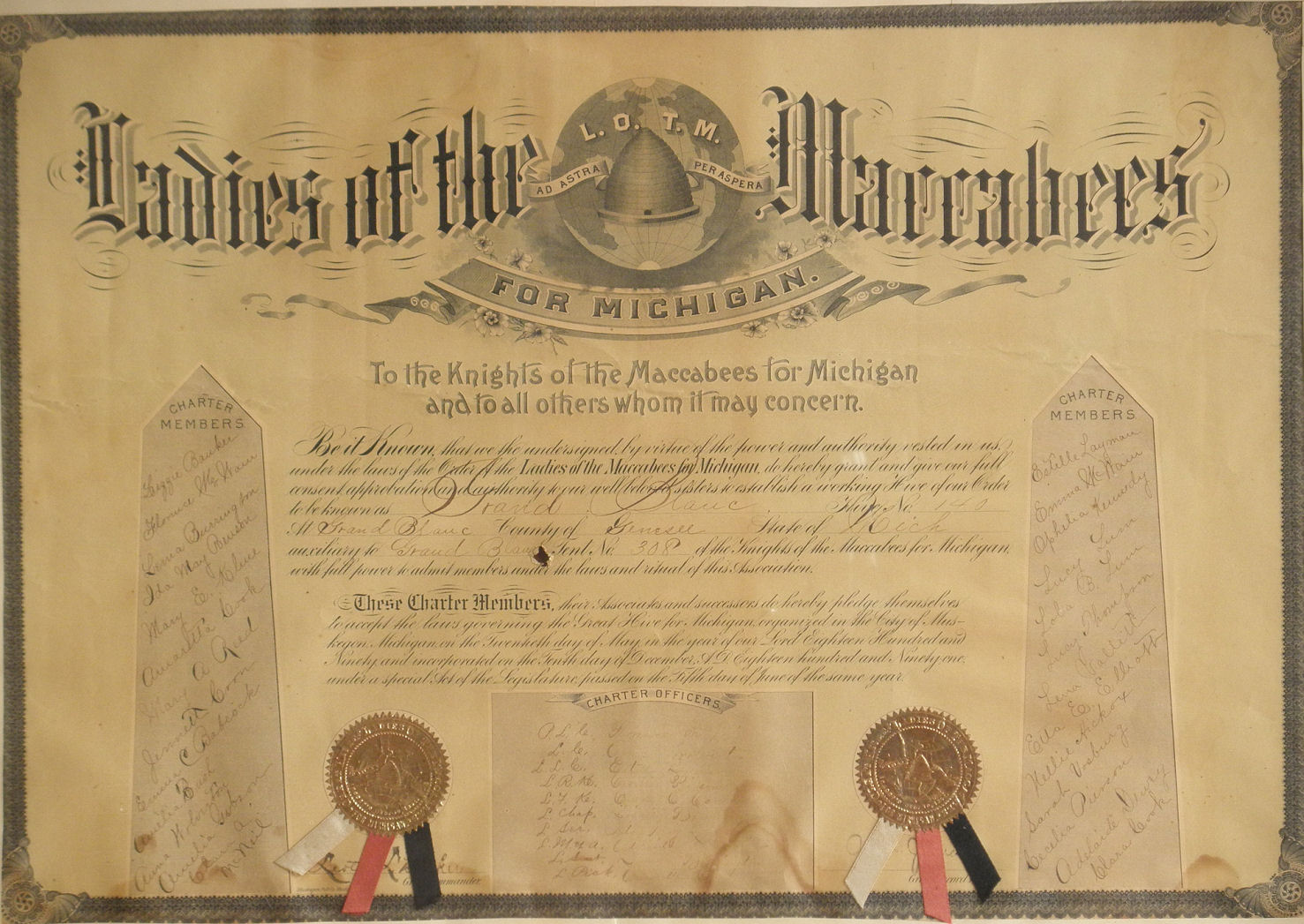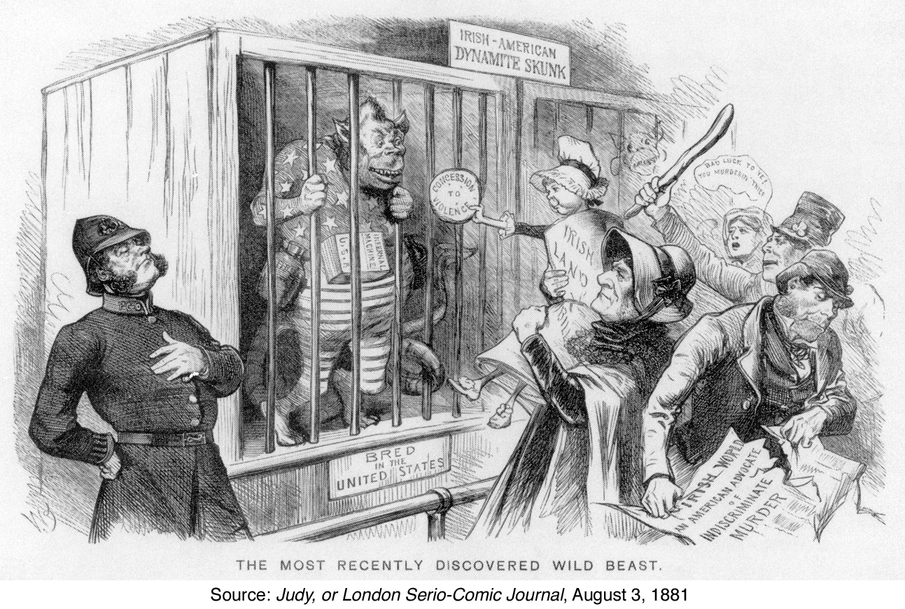IRISH IMMIGRATION vs. CHINESE IMMIGRATION
Assimilation is defined as the process of taking in and fully understanding information or ideas. Assimilation is the concept of immigrants is that the immigrant or group of immigrants become full immersed and a part of the new culture and society they enter in the new country. American society is referred to as the melting pot meaning that we have people of every race of every background and that are set apart as a standard appearance. Immigration has been occuring in the united states for centuries now and have created large populations of other ethnic groups within us. The large populations of people coming from one country is remembered by two main groups, the irish and the Chinese. The Irish set up in boston and are still there to this day and the chinese came into the U.S in New York City and on the coast of California. We see China towns and little Italy's marked as a tourist site but they go much deeper than that. Generations ago people came to find prosperity and instead of jumping into the american world they created their own communities in the highest of cities in the U.S. Like I said the two leading groups of the immigrants emerging into American society are the Irish and the Cinese, while the Chinese faced legislative barriers to be able to immigrate the Irish faced social barriers inside the walls of the United States.
To Immigrate and decide to leave the country of origin there must be a motive and for both the irish and chinese there was motive. The Irish came long before the chinese did, there are records of irish people here in the colonial times. Historians also know that the union recruited irish men to fight in the civil war and many lost their lives shortly after immigrating to the U.S. In Ireland they were fleeing from hardships, Great Britain at the time governed Ireland and the Irish were not allowed to own land or own a business. Soon the potato famine or “great hunger” occured and there was no hope and soon no way to live for the people of ireland. They were facing starvation and extreme poverty. Arriving in america they had little skills besides farming but went and took low wage factory jobs and lived in “ the slums” of cities. The Chinese moved to the U.S. for work especially in the gold mines and to take agricultural jobs. They ended up in the mines, factories and eventually taking over the garment world. The Chinese to this day are a key part in building the railroads out west. The motive for them was the money many of the laborers sent the money they made back to their families in China. And they had to repay the Chinese merchants who helped the pass the Pacific.
These two communities immediately took to work. The Irish took over factory jobs and filled the large industries with the hands they needed such as Rockefeller and Vanderbilt. They filled the need for many workers and at low wages because they were willing to take any money they could get. Wealthy families would hire them as servants. They primarily stayed in Boston and Philadelphia. The Irish also helped out during the civil war. The Chinese came in wanting to take a job in the mines or factories and did os but also ended up on the railroad and play a huge part in why the railroad was built to the extent it was. They also took off in they garment line of work ,such as drycleaners. Some of the laborers grew successful and became entrepreneurs but as their numbers increase so did the anti Chinese movement activity.
The policies and laws started to rise against the chinese once their numbers started increasing. Legislation created a limit on Chinese workers in the U.S. The Chinese Exclusion Act was created as a part of economic and cultural tensions. Which is no doubt is discrimination by ethnicity. Americans gave them no choice but to work for whatever wages they were presented with (meaning they so low to even count). Non- Chinese workers were given higher pay and had higher society status giving them the place to ask for higher pay. The American people believed that the Chinese were coming into their country to take their jobs and to ultimately take them out as well. The government began limiting immigration from eastern asia. State that only fifteen Chinese were allowed per boat coming into the immigration ports. The state of California passed decrees for chinese living in the state, such as a mandatory license special for Chinese business this was to prevent naturalization - This violated a 1868 Seward- treaty. This was when it turned to all out exclusion. From that point on there would be a timeline of treaties and laws on the immigration on asians:
1880 - Angell treaty = allowing the restriction on immigration
1882- Chinese Exclusion Act = suspending laborers (10 years) and required traveler certificate if visiting china and actually placed the restriction of immigration
1888- Scott Act = making the entry from a visit to China impossible
1892 - the renewal of the exclusion act
1902 - the act expanded of over to hawaii and the philippines with pushback from chinese government, and later made the act in place indefinitely.
The event in 1902 sparked a chinese push back, like the anti american boycott of 1905. Merchants responded, and the acts were not repealed until 1943. Even after this though there were complications with the opium wars and the standing two treaties. All of these events created a strain on the relationship between China and The United States
The Irish did not experience much of the government action against them but more the moral and society discrimination. Once in America they were outcasted and excluded for religion issues, the areas they came and settled in were mainly protestant areas and Ireland is a catholic country meaning that the people of Ireland are Catholic. There was the creation of anti-Irish mobs and even a new political party called the american party. The new party was made to create and enforce “traditional american ideals”. It went so far that Catholic churches were burned as symbols of hate. They were labeled with slurs such as “mick”. At the time of the civil war they were not viewed as true americans but were bodies that could help. Many immigrants were drafted to fight for the unions and many were injured or killed on the battlefields. But after the civil war they began to take a place in local politics. Creating an opportunity to emerge into society.
The Chinese populations in America still are run by the west coast (California) and east coast (New York). When coming to america they all settled in one neighborhood, this was the start to china towns. China towns were originally used as a term where chinese men went to buy prostitutes, smoke opium and gamble. When the movement of chinese came in there were many people who said that admitting them would lower the U.S. cultural and moral standards of our society.
When going to the states most irish entered into the Boston or Philadelphia port. In boston they were viewed as “violent alcoholics” and to this day there is a connection to the irish by the saying “don’t get your irish up”. 23 percent of Boston’s population have irish heritage and 33 million americans are of irish decent. Of the 23 percent of Boston’s population many of them hold a place in society such as political or industry. Hugh o’brien became the first irish-catholic mayor of Boston in 1884 and the Kennedy family is of irish immigrant descent and were catholic.
The Irish and Chinese both faced America with different challenges but have survived to this day.















